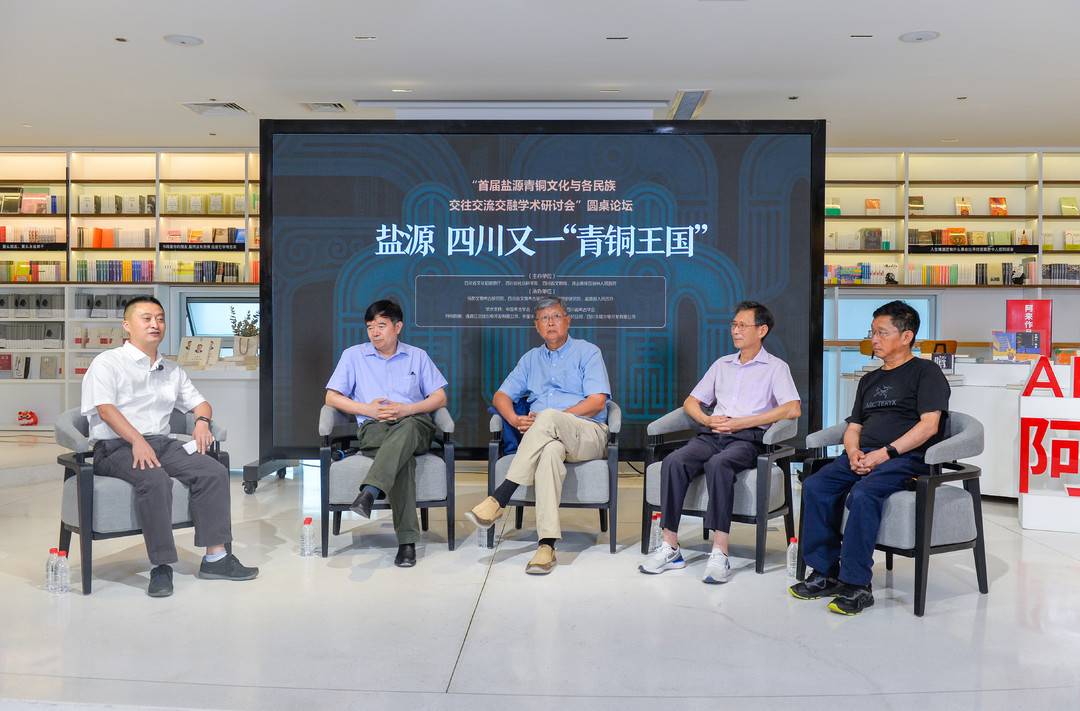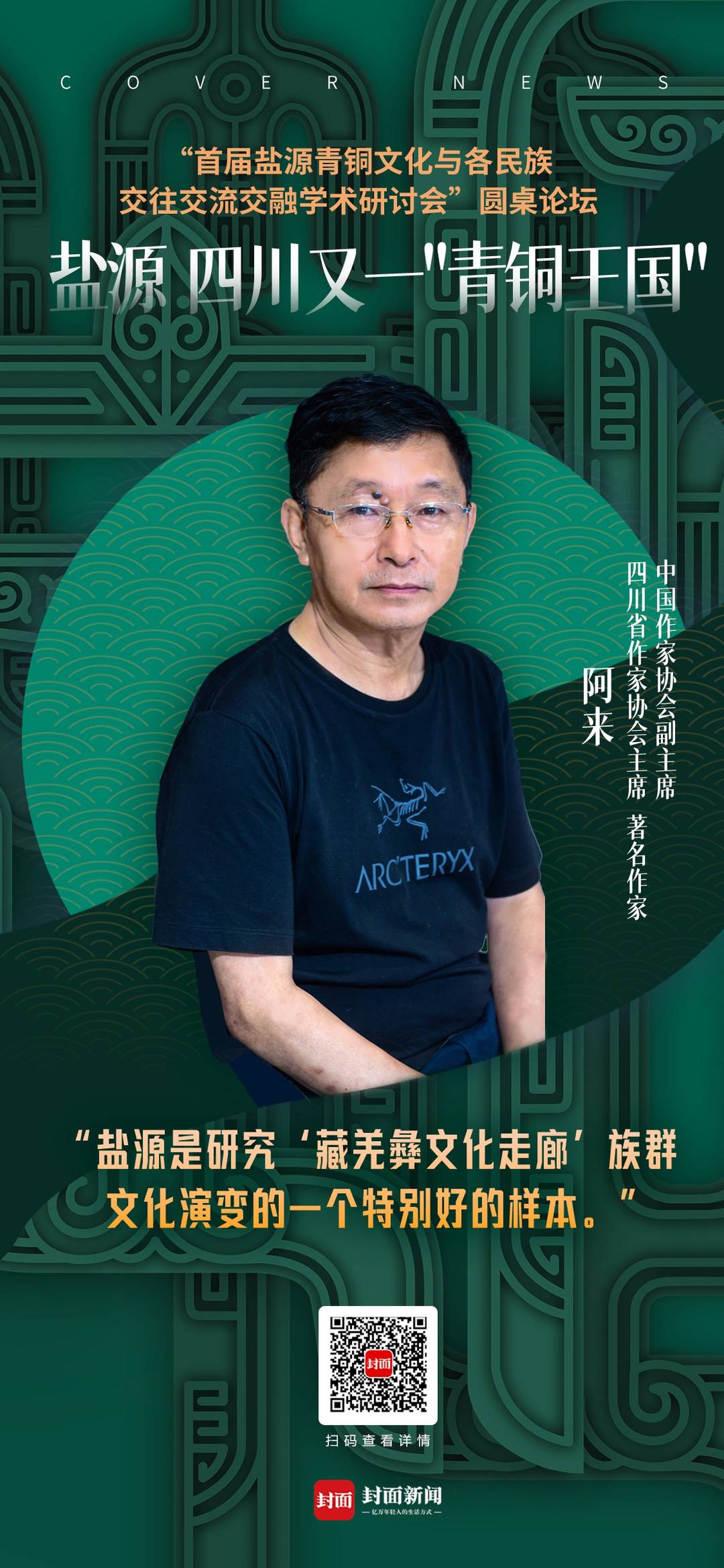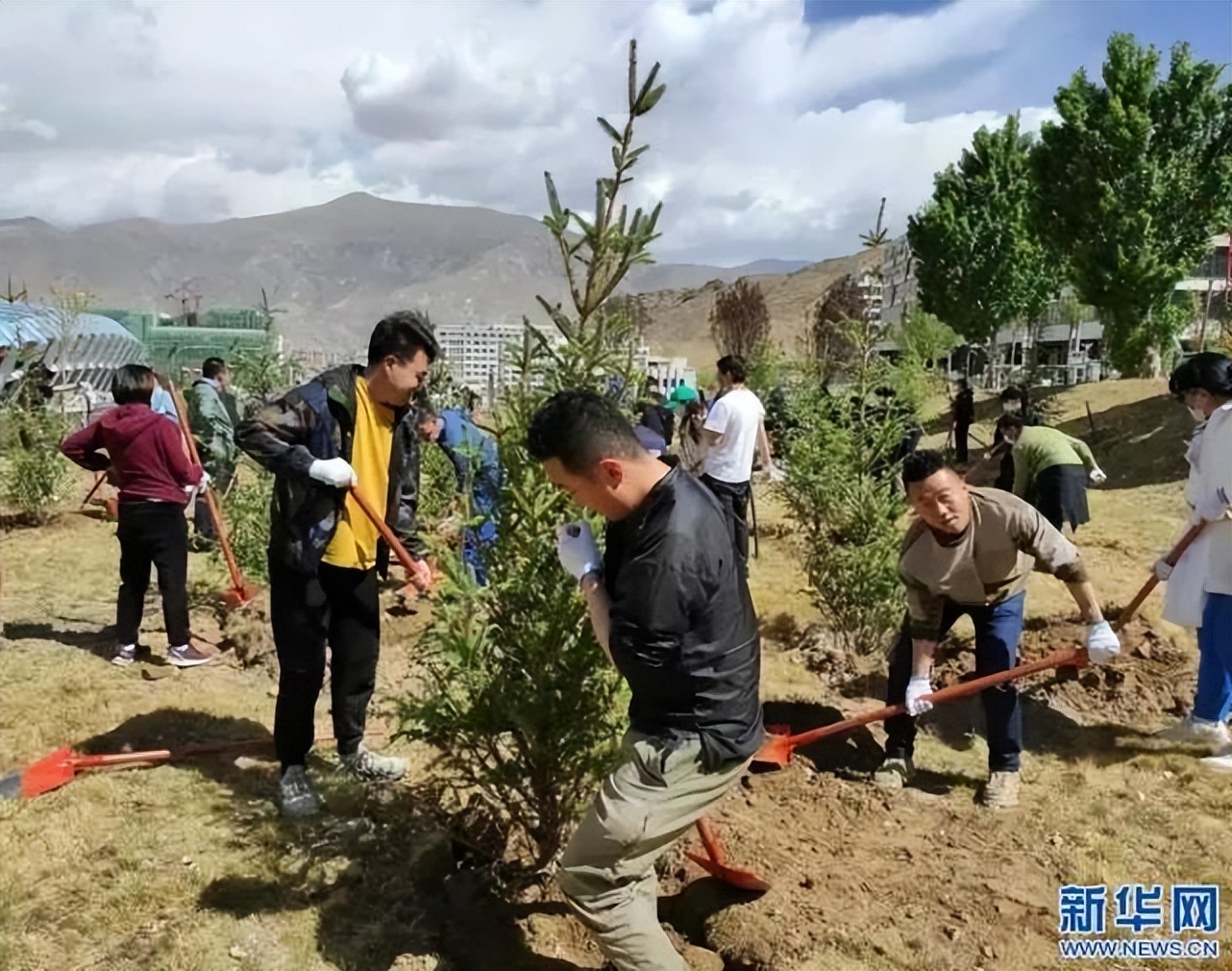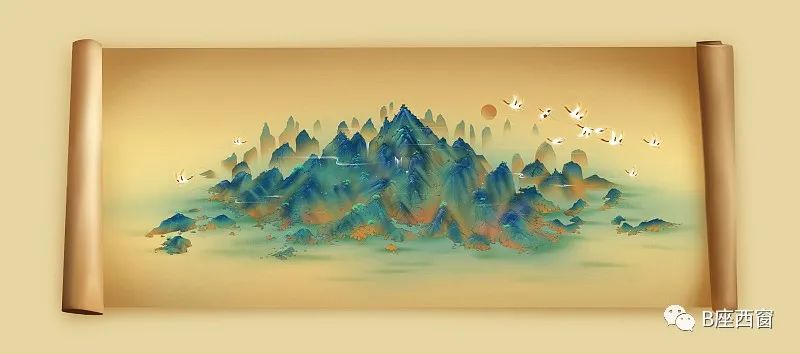Alai: Yanyuan is a good sample for studying the evolution of the "Tibetan and Qinyi Cultural Corridor" ethnic group culture
Author:Cover news Time:2022.06.17
Cover reporter Zhang Jie photography Chen Yu Xiao Liang Jiaqi
Yanyuan is located in the southwestern part of Sichuan, and the Hengduan Mountains break north. It has a long history and heavy culture. It is a veritable cultural relic county in Liangshan Prefecture. In the sixth year of Jianyuan (135 BC), Emperor Hanwu set up Dingzhen County. It has a history of more than 2100 years. It is the Ganqing area upstream of the Yellow River in history. Important part of the cultural corridor.
It can be seen from the name "Yanyuan" that salt production is a good place for the ancients to engage in agricultural life. So before the distant, what kind of ethnic group was living at the time? What kind of life did they have?
In recent years, archeological excavations such as the Southern Fort Site, the Last Last Tomb Group and the Rice Boat site in Yanyuan County have been unearthed, and there have been more than 10,000 pieces of stone artifacts, bronze, iron, gold, and pottery. In particular, a large number of unique bronzes unearthed have the characteristics of diversified and compatible and accumulating of salt source bronze civilization. The unearthed of these cultural relics also provided a lot of help for us to know the past of Yanyuan more today.
On June 18th, the "First Yanyuan Bronze Culture and the Exchange Exchange Academic Symposium with various ethnic groups" will be held in Yanyuan County. At that time, the experts will make a wonderful view on the archeology of Yanyuan's archeology, which is worth looking forward to. Before the seminar was held, experts and scholars from many fields such as archeology, history, and literature gathered the Alai Study Room to explain the salt source from the perspective of their respective most familiar and best -known fields in the form of the "round table forum" and combined with their respective professional fields. The significance of the archaeological relics of bronze wares has conducted an in -depth analysis of the geography, history, and culture of Yanyuan's land. Alai, vice chairman of the China Writers Association, chairman of the Sichuan Provincial Writers Association, and writer, is one of the five experts participating in the "Round Table Forum".
Alai's hometown is Aba Prefecture Malkang. Whether it is the classic novel "Dust Ding", or the non -fictional masterpiece "Zhan Bai", or the middle novel "Three Cordyceps" and "Mushroom Circle" with the style of "Natural Literature", in Alai's literary works It is not difficult to see that the Southwest Plateau is the most geographical field of his literary world. He was keen to run in the vast southwest mountains and canyons and draw on writing materials. Especially in the northern section of the Hengduan Mountains, running more. "In my writing, there are more materials for Aba Ganzi. But writing also needs to be compared and referenced. Therefore, the area of my own movement involved in the field of writing is wider than my writing — To Yunnan, and even the border between China and Vietnam. Among them, I went to Yanyuan and Xichang to go more. "

Yanyuan Archeology can help us
It is also based on the reconstruction of the specific scenes of the 经 更 更
When it comes to western Sichuan, some people often use a name called "Tibetan Yi Corridor", and Alai reminded, "I think at least the '羌' said 'Tibetan and Yi Corridor'. At that time, there is no 'Tibetan' and 'Yi', at least the names of the text or group, so we have better not omit the word "羌" in terms of expression. "
Speaking of the ethnic groups of salt source in ancient times, everyone talks about people. What is the unique lifestyle of this group? Alai mentioned two points. One was a stone building. In the "Biography of the Southwest", there was a record of the Dai people "living in the mountains, the barrier of the rock, and the tall to more than ten feet, for the cage." The other point is that they make bamboo bridges. "Because there are many places where people live, there are many rivers and rivers, and there are many mountain canyons. When I was a kid, I have seen bamboo rosewood bridges in our hometown." Ah Loch said, "For records in ancient books, we will hope to discover it in archeological excavations and discover discovery. In the middle, find the corresponding and real evidence. The two -way literature and archeological excavations can help us further confirm the scope and age of people's activities. Especially the information contained in the utensils they use will tell us At that time, social development, including production methods and lifestyles. I think that the utensils excavated in Yanyuan Archeology will definitely tell us about this, valuable information. It can help us have a more base area today. Imagination, recovery, and reconstruction of the specific scenes of the production and life of the people. Especially the place of Yanyuan is a particularly good sample that studies the transformation of the "Tibetan and Qinyi Cultural Corridor 'ethnic culture."
It is very valuable
At this round table meeting, Alai believes that today we understand national culture, examine the civilization appearance of a place, in addition to studying what songs and clothes are wearing locals, etc., "more important research starts, It should be the production method. Because the production method determines the degree of civilization, the production method also determines a civilized social form and social organization method. Because production is related to exchanges. It's very valuable. "
On this "Tibetan and Qiang Yi Corridor", with Lugu Lake as the boundary, in Yunnan, there are Naxi people, on the Sichuan side, it is Mosuo. In the late Ming Dynasty, there were few locals because of Zhang Xianzhong. Alai reminded us to pay attention, "Liangshan, we can trace some family history very reliable. For example, in Yanyuan, some Xie family traces the family spectrum, and they will always go back to Xie An in Wei, Jin and Nanjing. The famous catering "Zhang Family Courtyard", the family's genealogy is very reliable, and the tomb of their ancestors is still by the sea. "
As a scholar -type writer, Alai has kept close attention to archeological discovery. He admits that he is in the archeological world. "There are many friends who are also friends and friends. I often go out with these friends to see some archeological discoveries. God, I also went to see the latest archeological excavations of Sanxingdui with the old manager Xiao Xiao, the old manager of Sanxingdui, and was going to go to Daocheng Pilo. When will I go to Yanyuan to see the archeological site, I also look forward to it. "

- END -
I am at the scene: "These deserted mountains will become more and more greener!"

Standing on the mountains south of Lhasa, the sun in the plateau is bright. Four w...
Fanxing | Pursuing Miao Realm originated from Tsukiben

Figure | Visual ChinaThis is only green and green fire!This year's CCTV Spring Fes...